Statement stairs twist through Luigi Rosselli’s 1920s villa renovation in Sydney
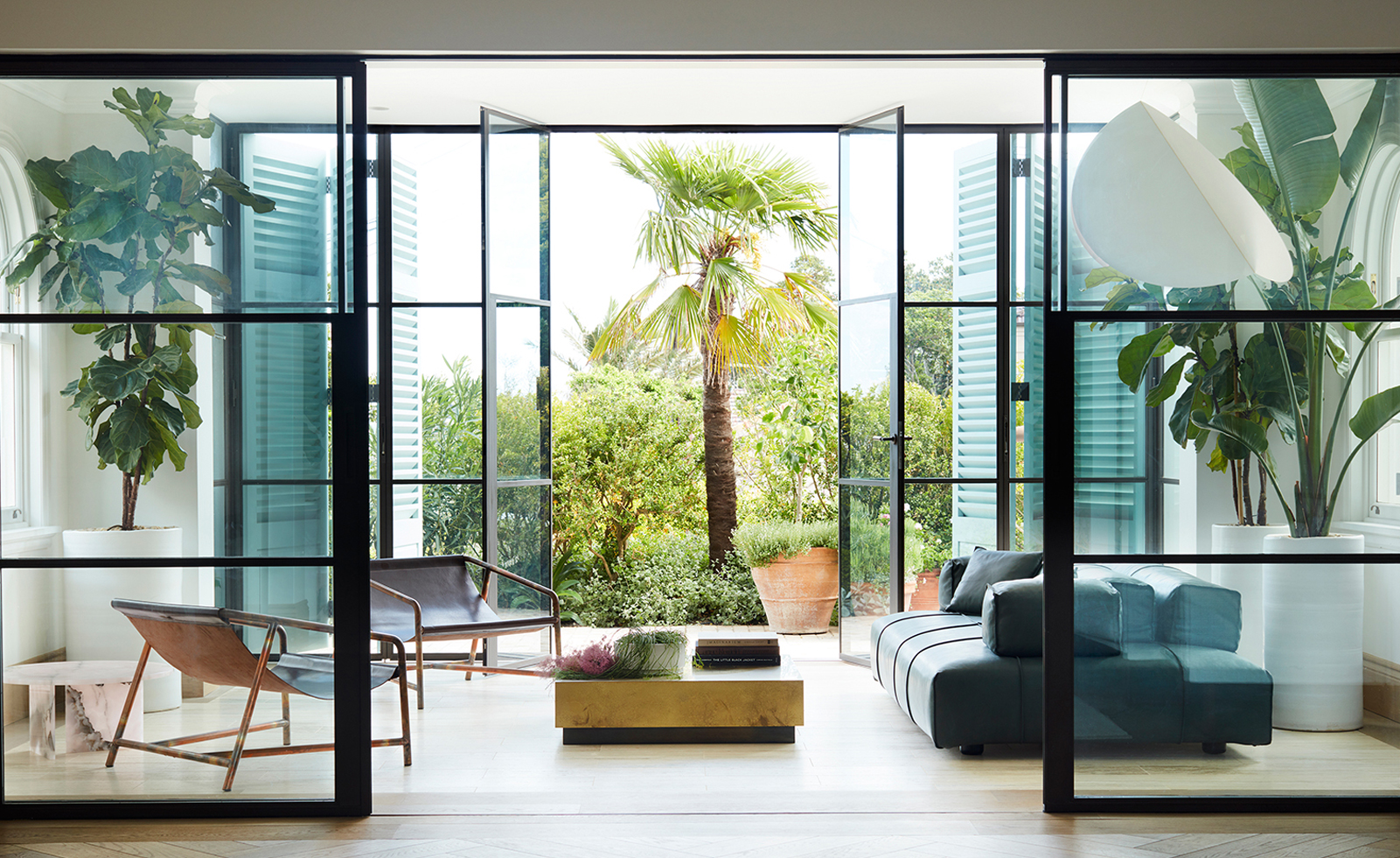
Stepping inside this house renovation by Luigi Rosselli Architects in Sydney is a bit like a time-travel forwards. While the architects preserved the 1920s house, worthy of a Great Gatsby style party with its charming classical facade and surrounding garden, inside there is a clear departure to 21st-century elegance with an impressive new staircase, and materials including brass metalwork and bronze finishes.
While the house – which sits pretty beneath the canopy of a 100-year-old Pepper tree at the summit of Bellevue Hill, Sydney's very own West Egg – wasn’t listed, the architects were aware of its architectural contribution and wanted to tread carefully with the renovation. The villa belongs to a movement of Mediterranean-inspired classicist villas that were designed in the 1920s in rebellion to the functionalist, modern movement sweeping Europe.
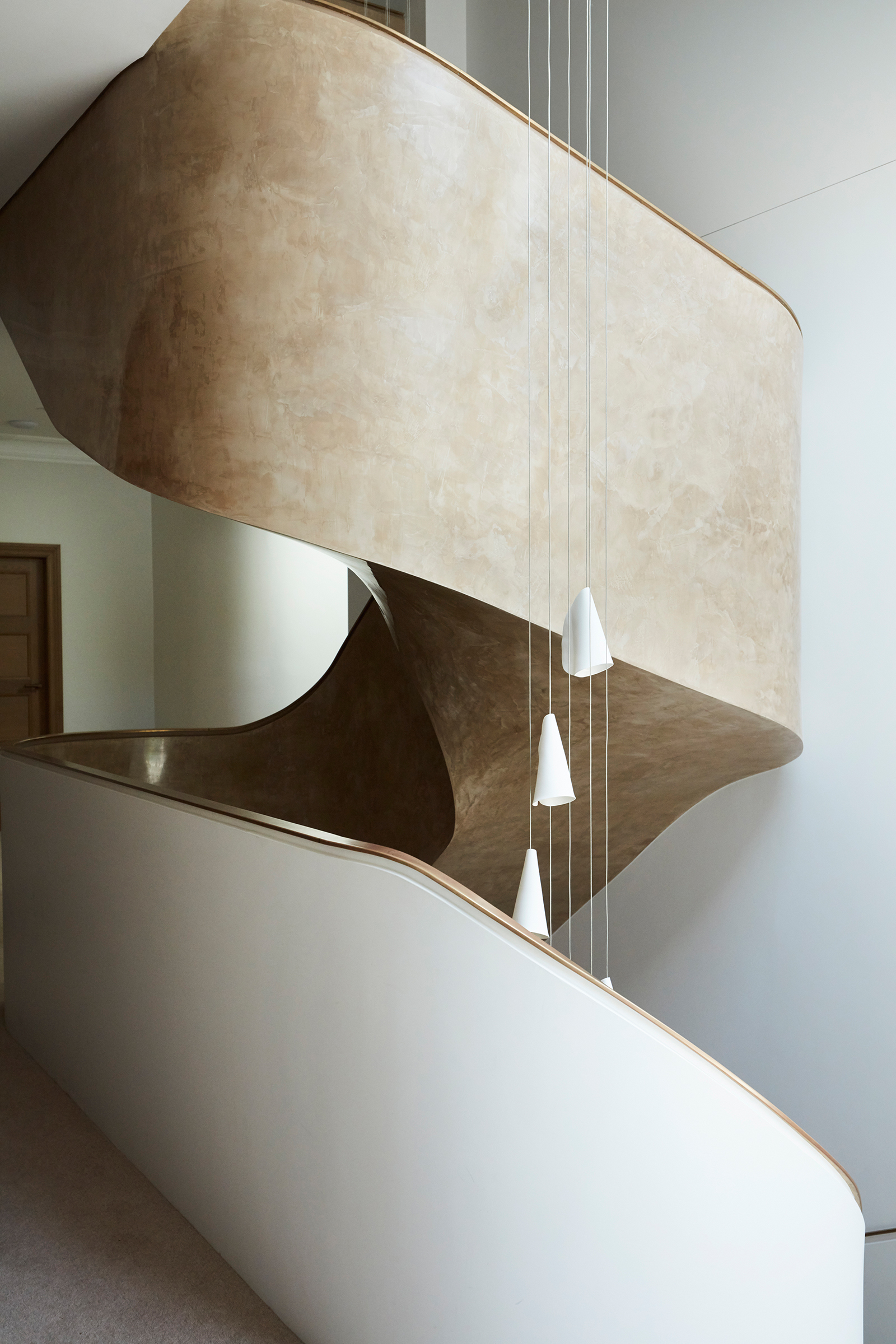
Architect Luigi Rosselli observed the merits of the property’s grand loggia and portico, its fireplaces and large rooms, yet there were some enhancements necessary for contemporary living. He opened up the plan to create more flow through the rooms, and added a new basement garage, an attic room and a swimming pool. Existing timber framed windows were replaced with larger steel framed windows that open up wider views of the garden (newly designed by landscape architect Myles Baldwin).
RELATED STORY

A new statement staircase marks the ‘rebirth’ of the house – the architects describe it as a ‘suspended sculptural ribbon’ that twists through the villa’s heart. Entirely detached from the stairwell, the staircase was an element that delighted the clients with its technical and artistic feat, so much so that Rosselli had to demonstrate its strength by jumping up and down on the treads.
Interior designer Romaine Alwill was behind the architectural finishes inside that confirm the new design’s signature elegance, complementing the existing classicism. Dense, heavy and rich materials such as stucco lucido (polished plaster), brass metalwork, solid timber panelling, resin-based wall claddings and bronze finishes on the cabinets create the same sense of refinement that the original villa exuded.


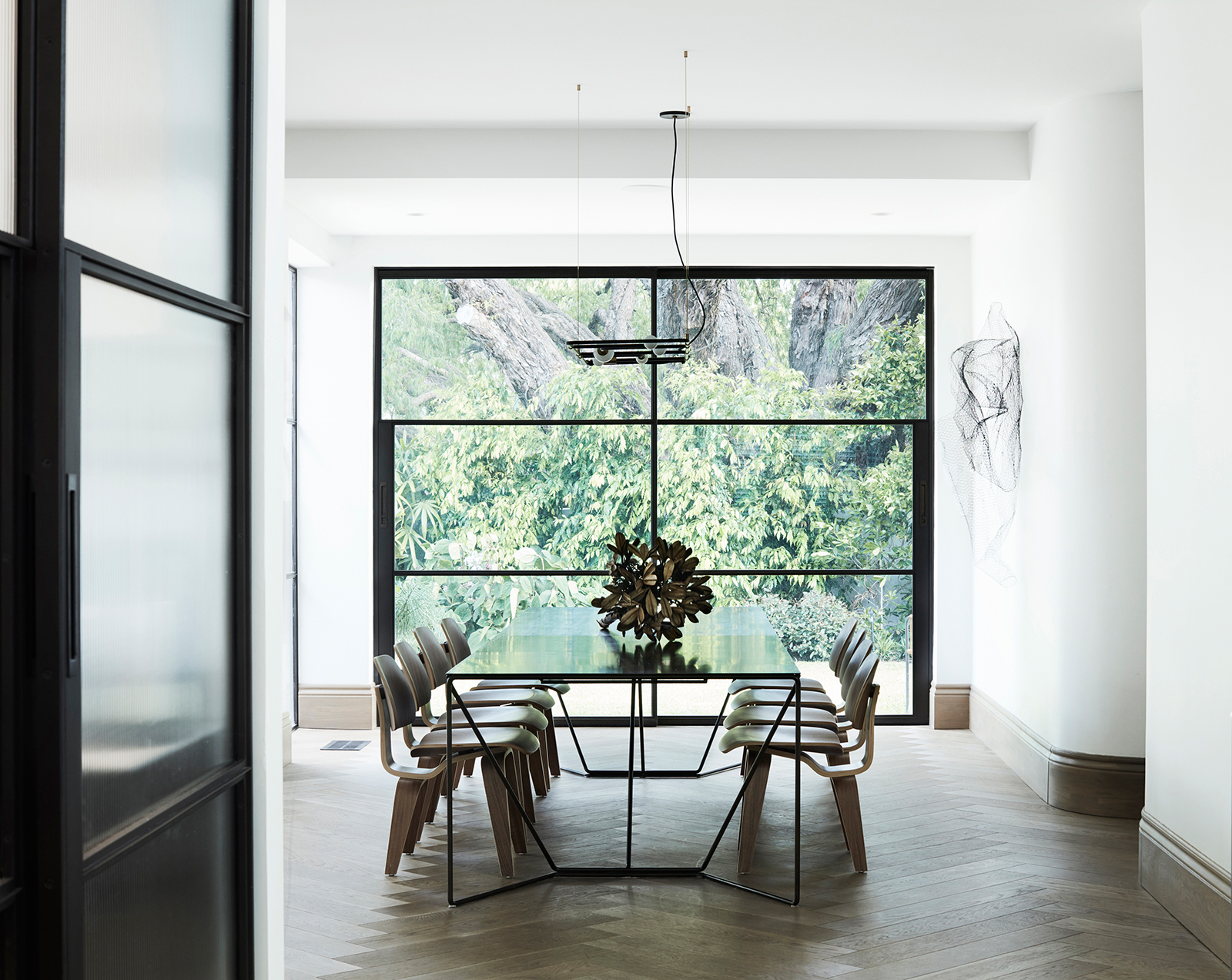
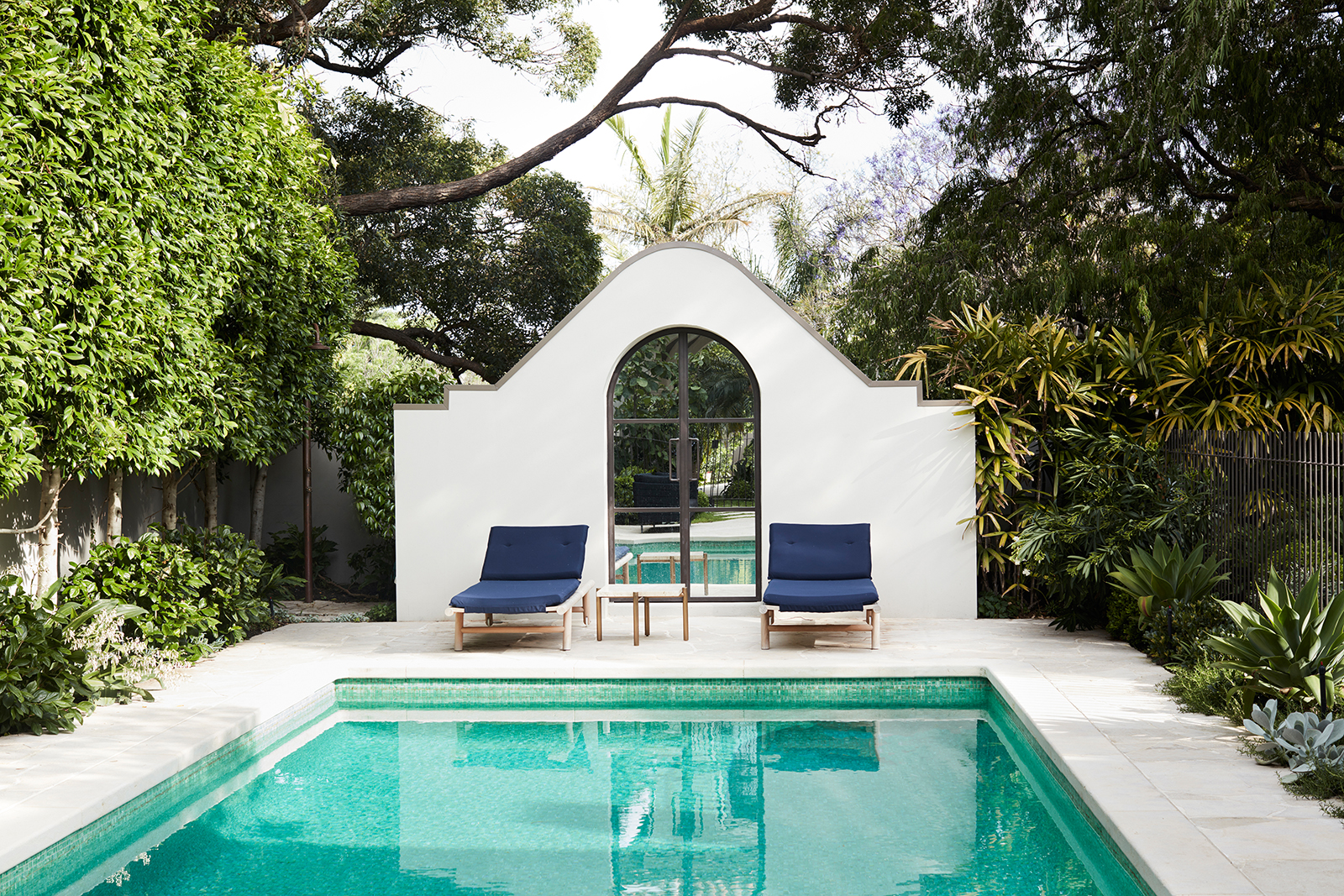
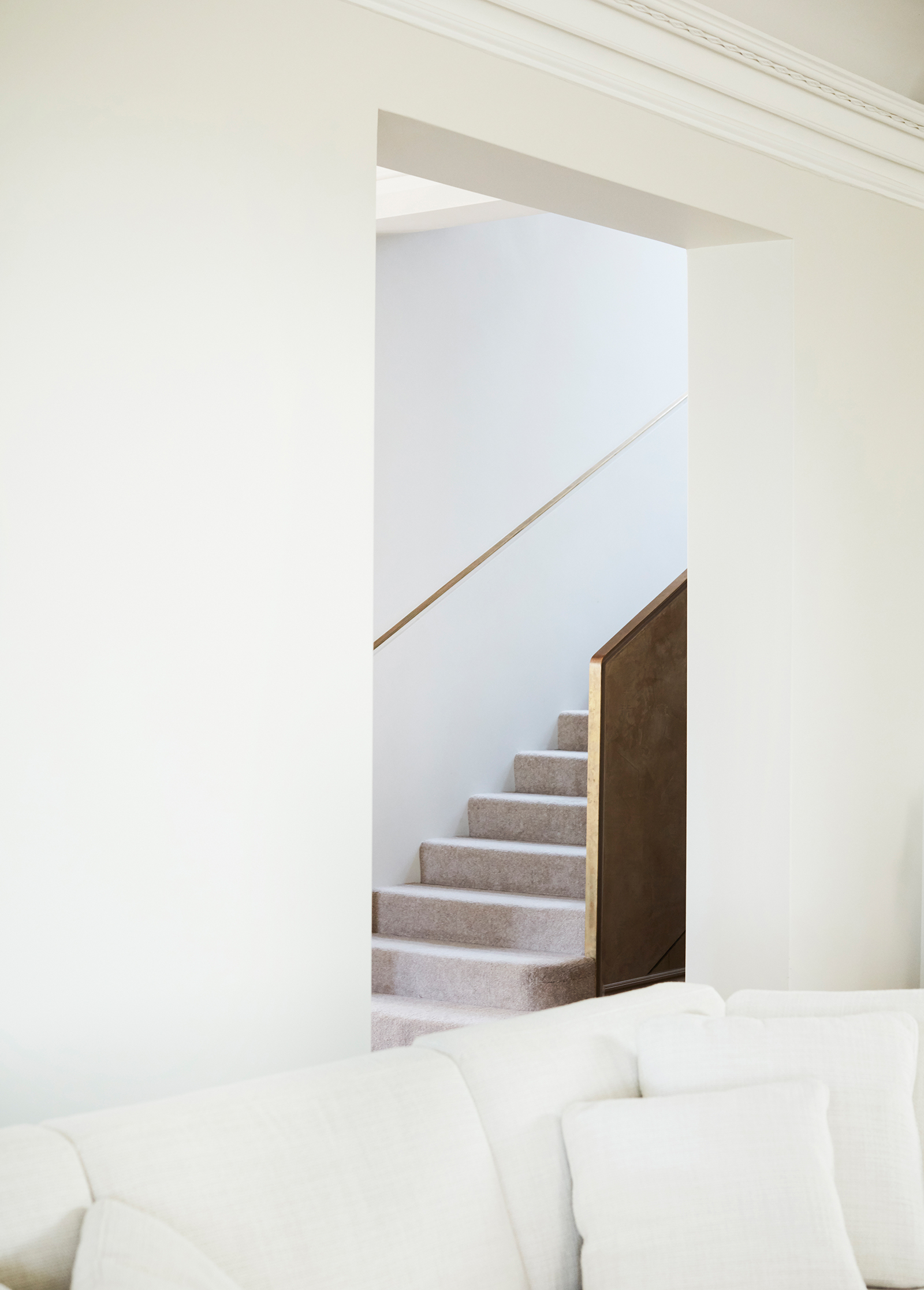
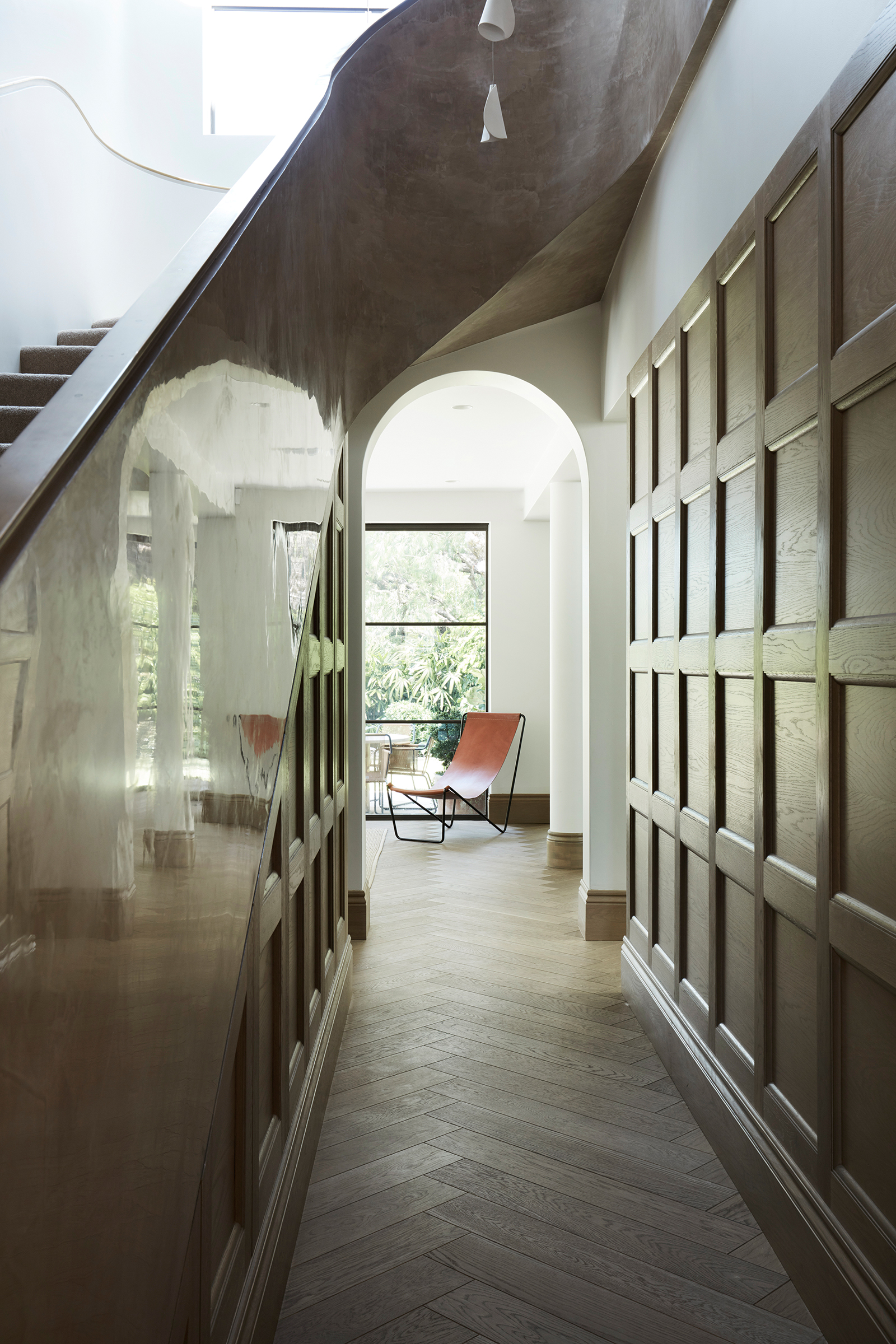
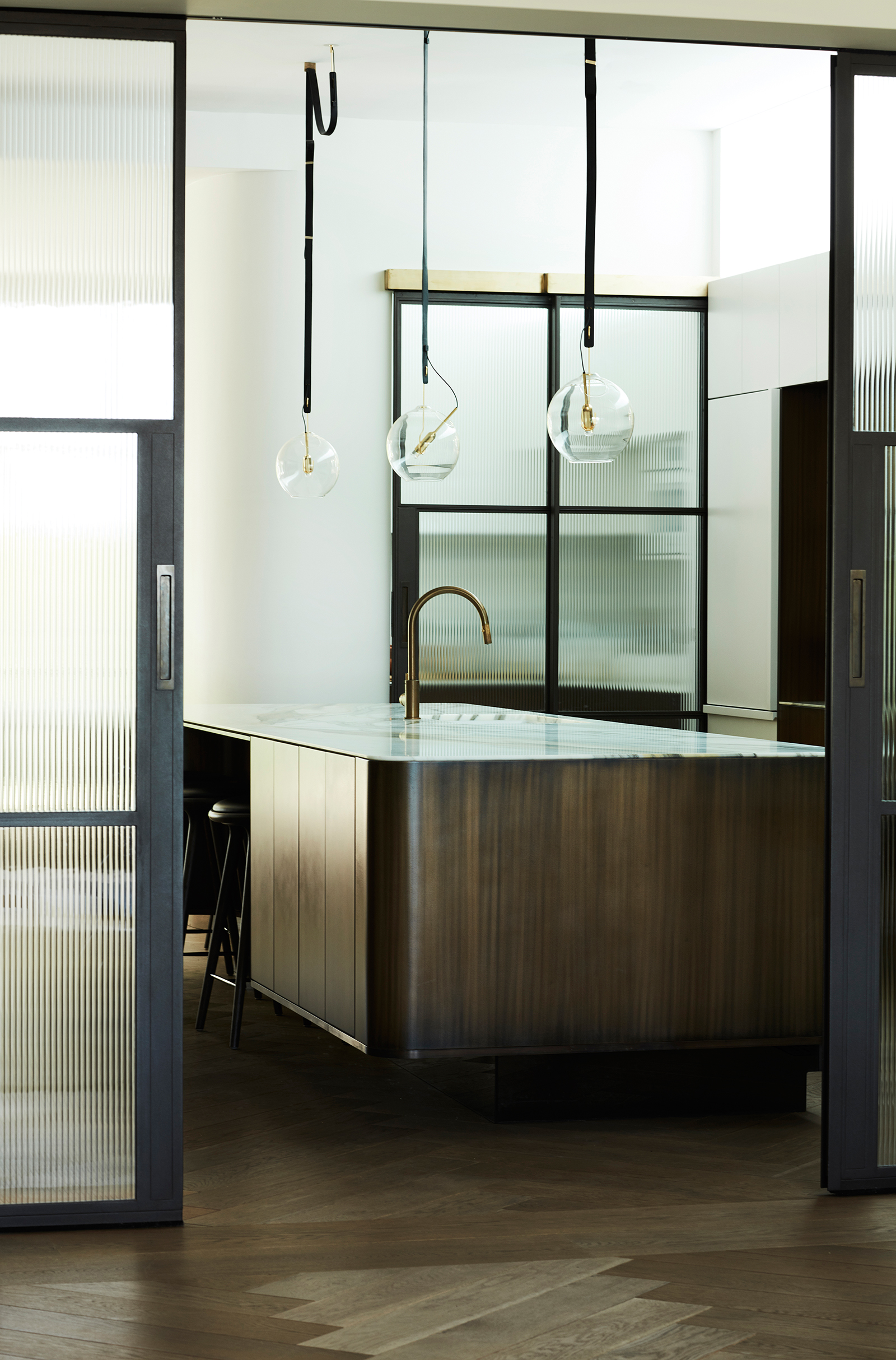
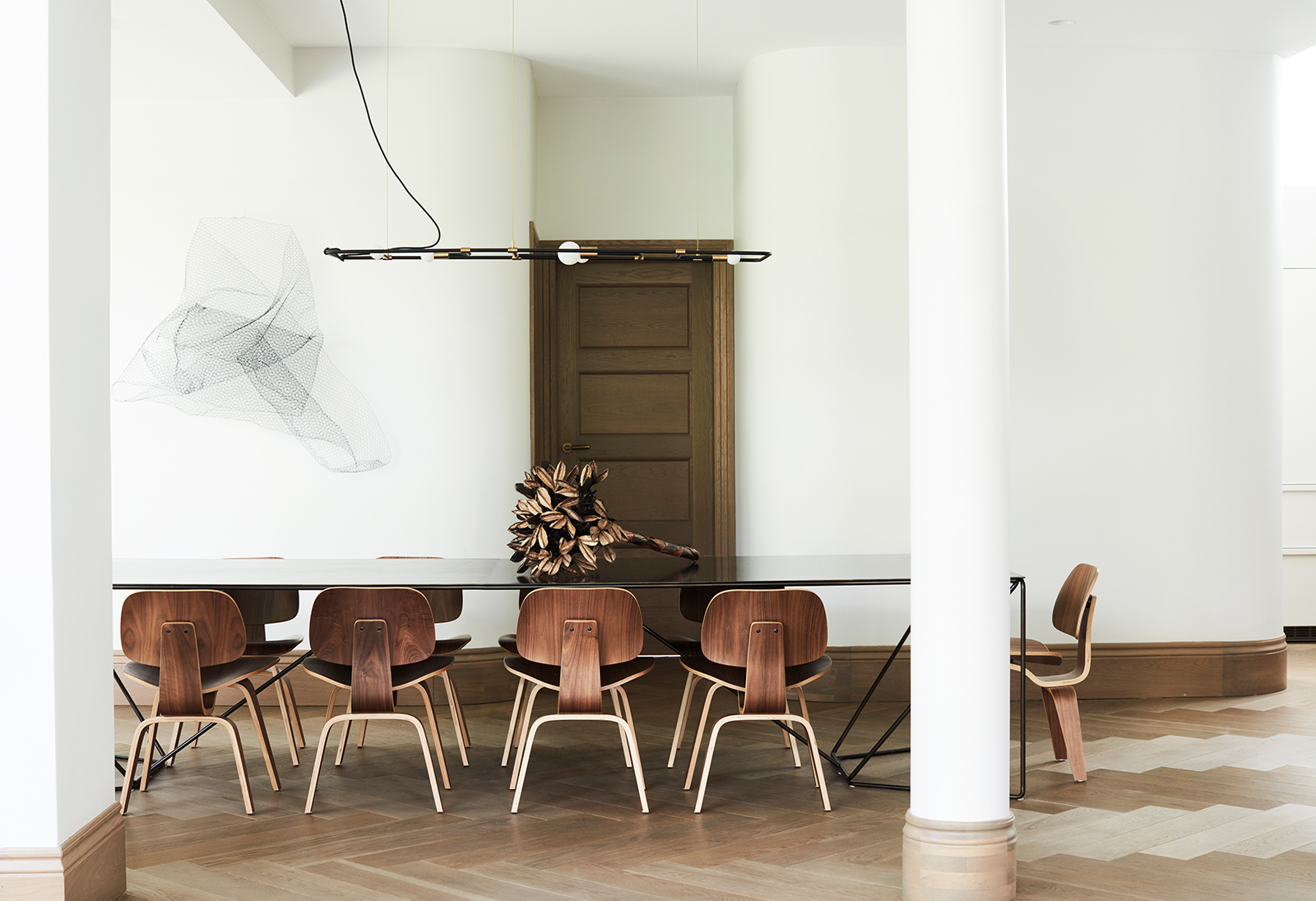
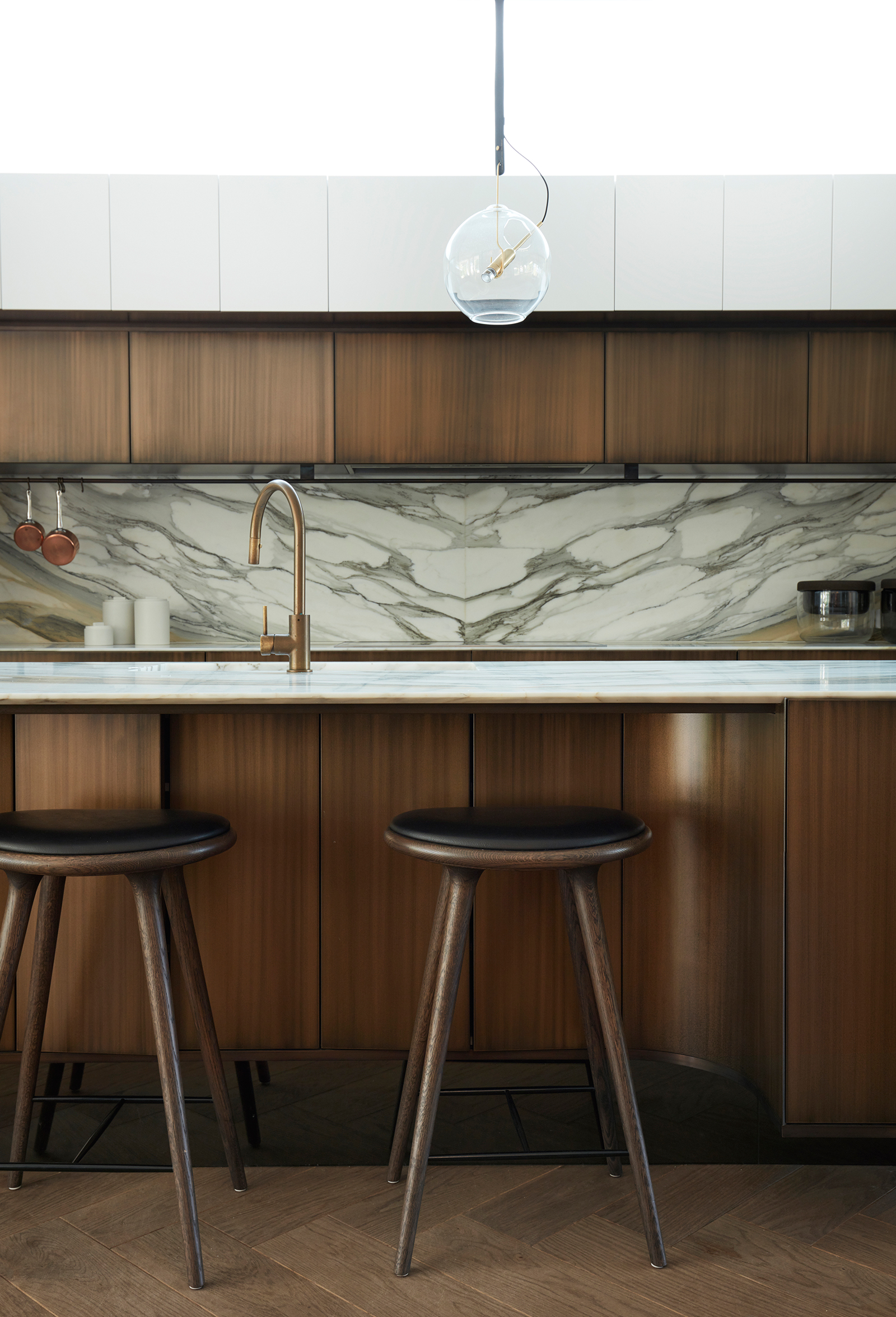


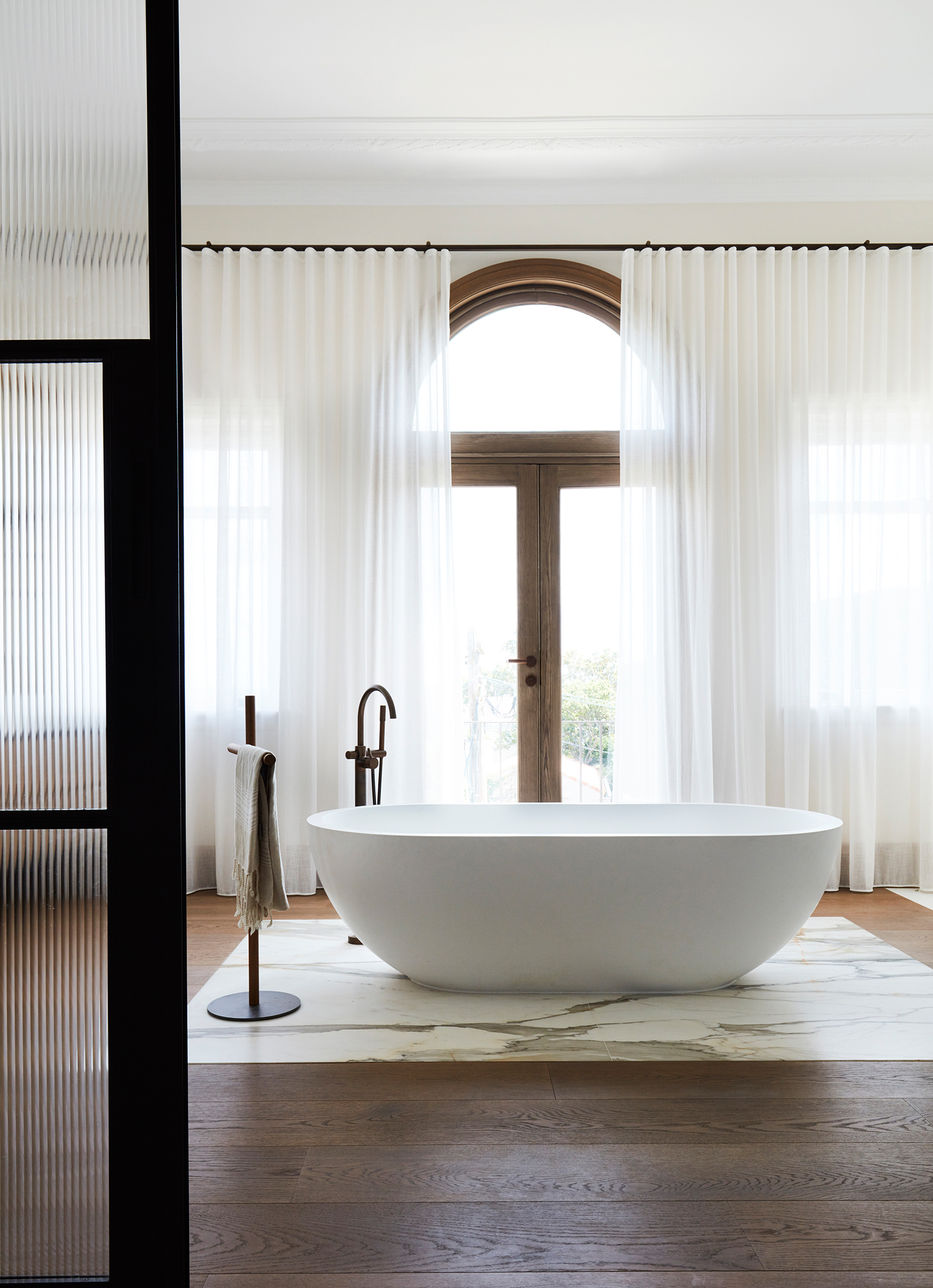
INFORMATION
luigirosselli.com
Receive our daily digest of inspiration, escapism and design stories from around the world direct to your inbox.
Harriet Thorpe is a writer, journalist and editor covering architecture, design and culture, with particular interest in sustainability, 20th-century architecture and community. After studying History of Art at the School of Oriental and African Studies (SOAS) and Journalism at City University in London, she developed her interest in architecture working at Wallpaper* magazine and today contributes to Wallpaper*, The World of Interiors and Icon magazine, amongst other titles. She is author of The Sustainable City (2022, Hoxton Mini Press), a book about sustainable architecture in London, and the Modern Cambridge Map (2023, Blue Crow Media), a map of 20th-century architecture in Cambridge, the city where she grew up.
-
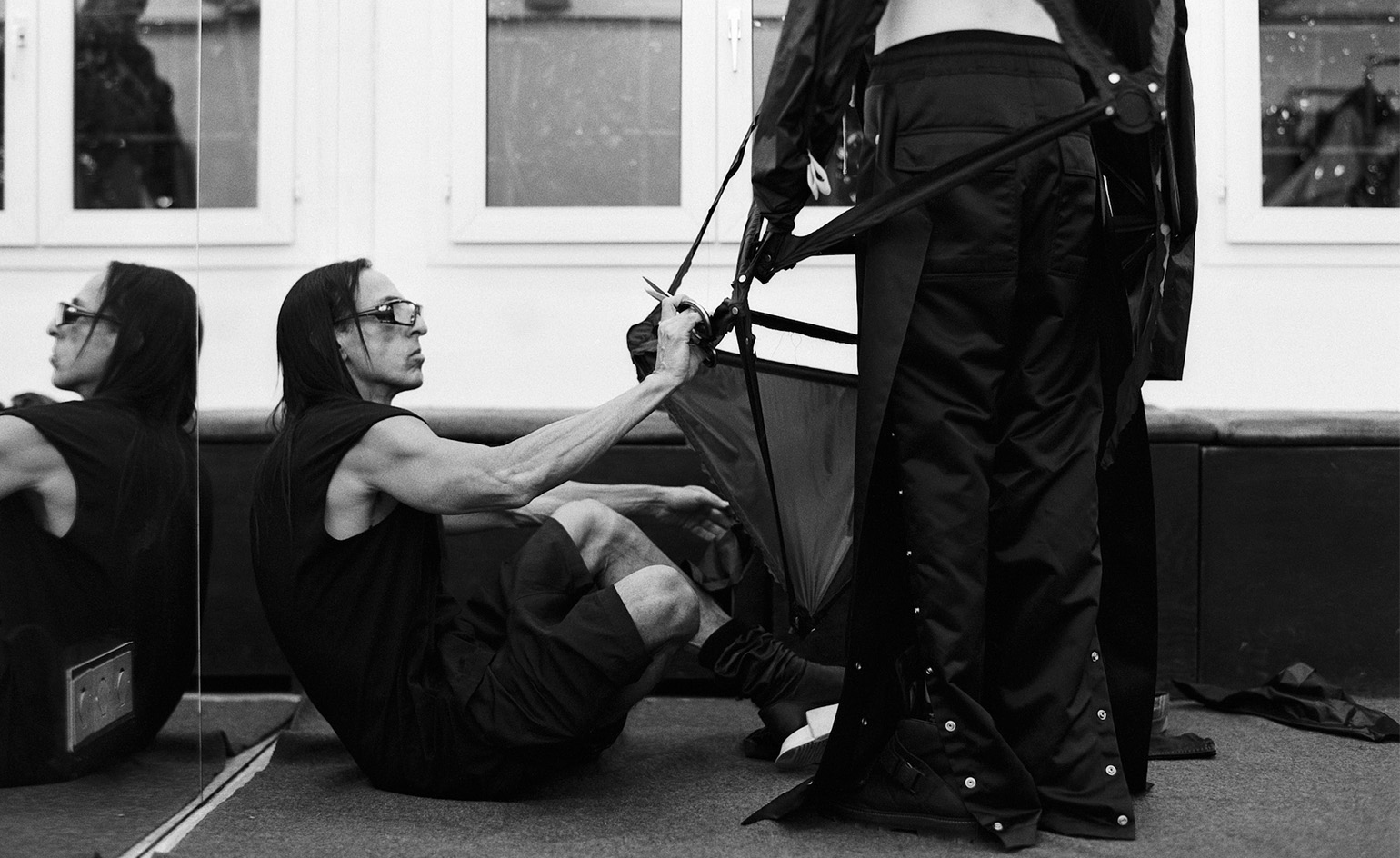 These illuminating interviews tell the story of 2025 in style, from Rick Owens to runway magic
These illuminating interviews tell the story of 2025 in style, from Rick Owens to runway magicExploring themes of creativity, resilience and facing fashion’s future, a series of intriguing conversations from the style pages of Wallpaper* in 2025
-
 This LA-based furniture designer finds a rhythm in music and making
This LA-based furniture designer finds a rhythm in music and makingWallpaper* Future Icons: LA-based Ah Um Design Studio's expressive furniture features zig-zagging wooden frames, mohair and boucle upholstery, and a distinctive use of tiles
-
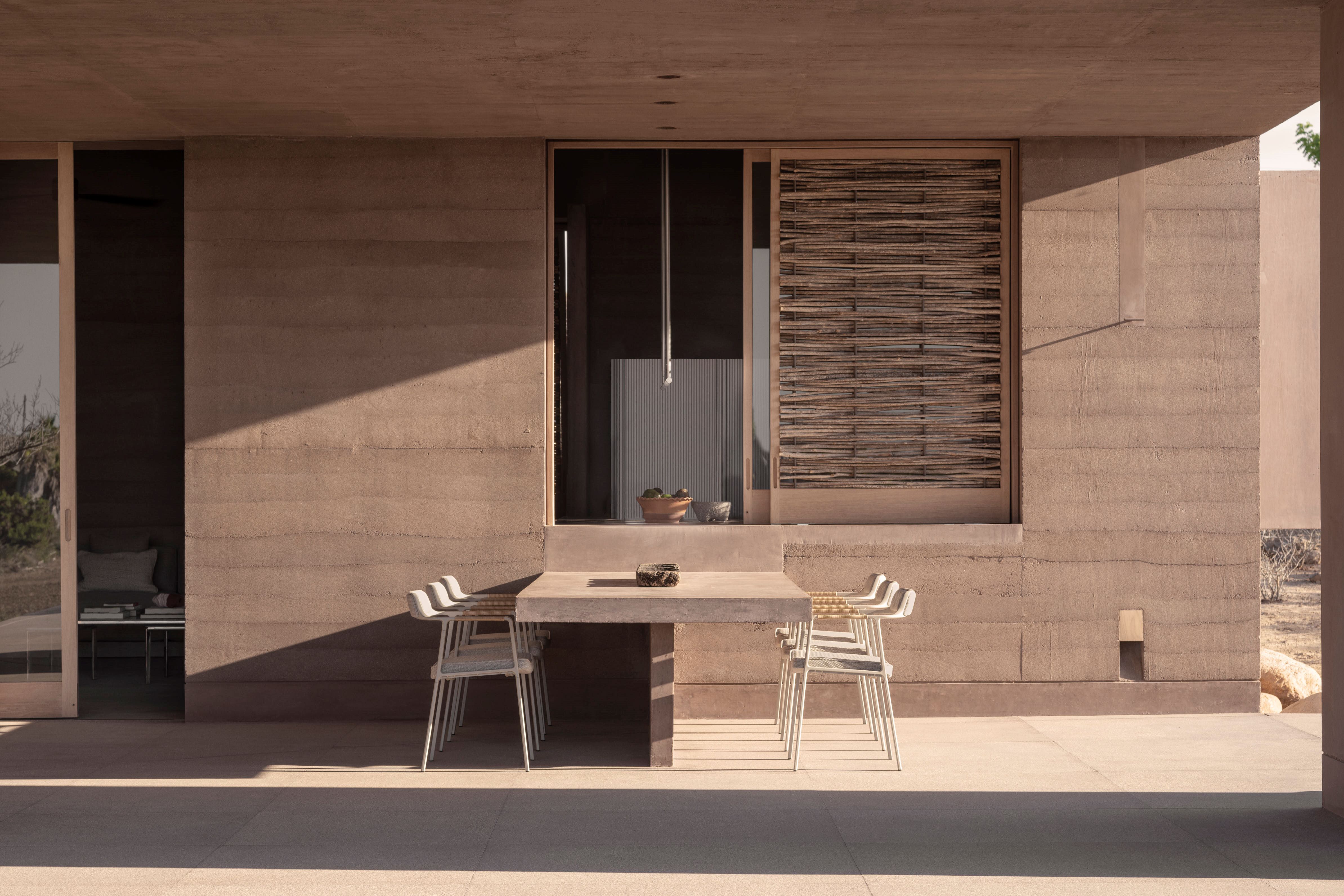 This Mexican architecture studio has a surprising creative process
This Mexican architecture studio has a surprising creative processThe architects at young practice Pérez Palacios Arquitectos Asociados (PPAA) often begin each design by writing out their intentions, ideas and the emotions they want the architecture to evoke
-
 The Architecture Edit: Wallpaper’s houses of the month
The Architecture Edit: Wallpaper’s houses of the monthFrom wineries-turned-music studios to fire-resistant holiday homes, these are the properties that have most impressed the Wallpaper* editors this month
-
 An Australian holiday home is designed as a bushfire-proof sanctuary
An Australian holiday home is designed as a bushfire-proof sanctuary‘Amongst the Eucalypts’ by Jason Gibney Design Workshop (JGDW) rethinks life – and architecture – in fire-prone landscapes, creating a minimalist holiday home that’s meant to last
-
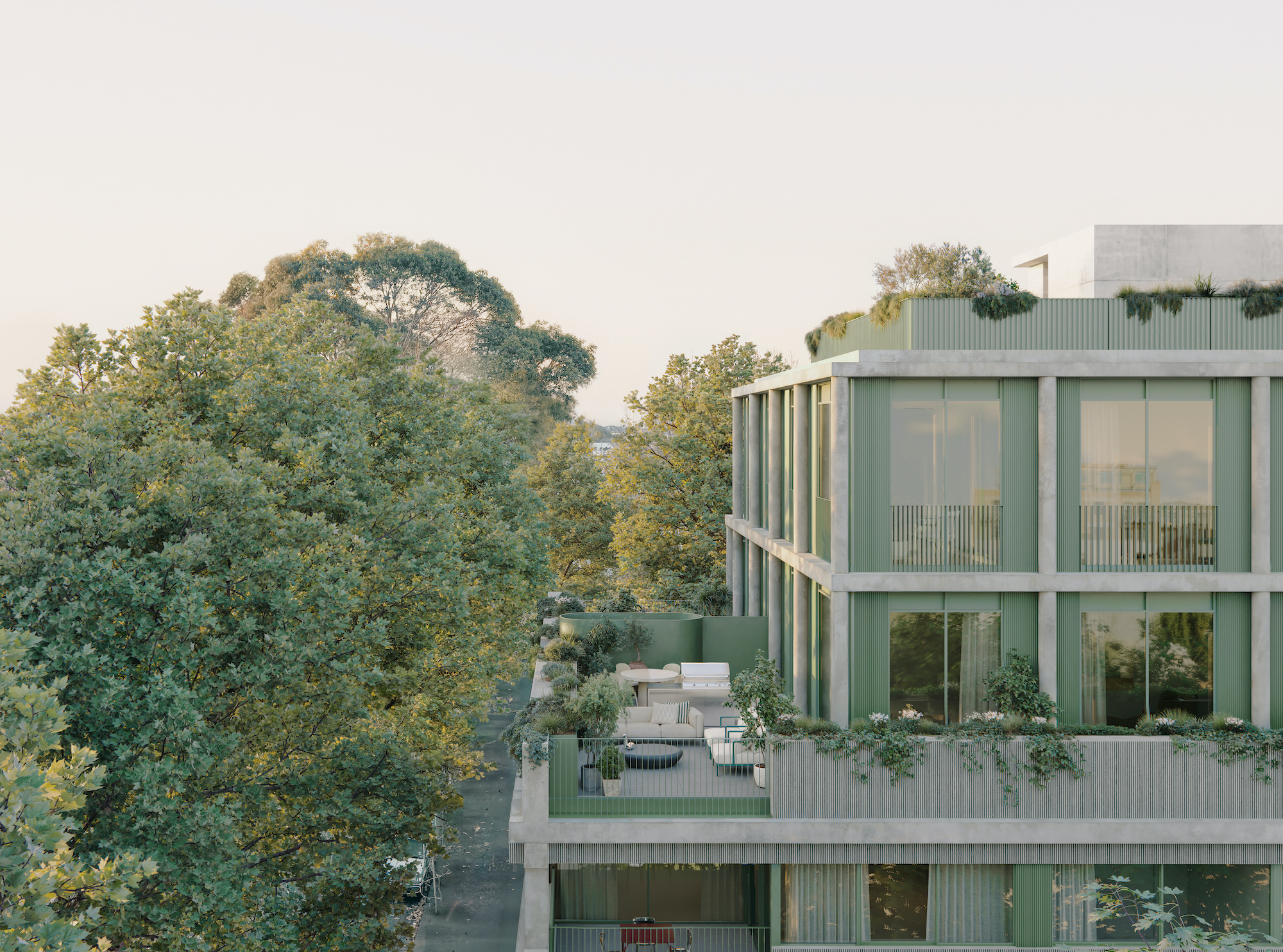 Neometro is the Australian developer creating homes its founders ‘would be happy living in’
Neometro is the Australian developer creating homes its founders ‘would be happy living in’The company has spent 40 years challenging industry norms, building design-focused apartment buildings and townhouses; a new book shares its stories and lessons learned
-
 The Melbourne studio rewilding cities through digital-driven landscape design
The Melbourne studio rewilding cities through digital-driven landscape design‘There's a lack of control that we welcome as designers,’ say Melbourne-based landscape architects Emergent Studios
-
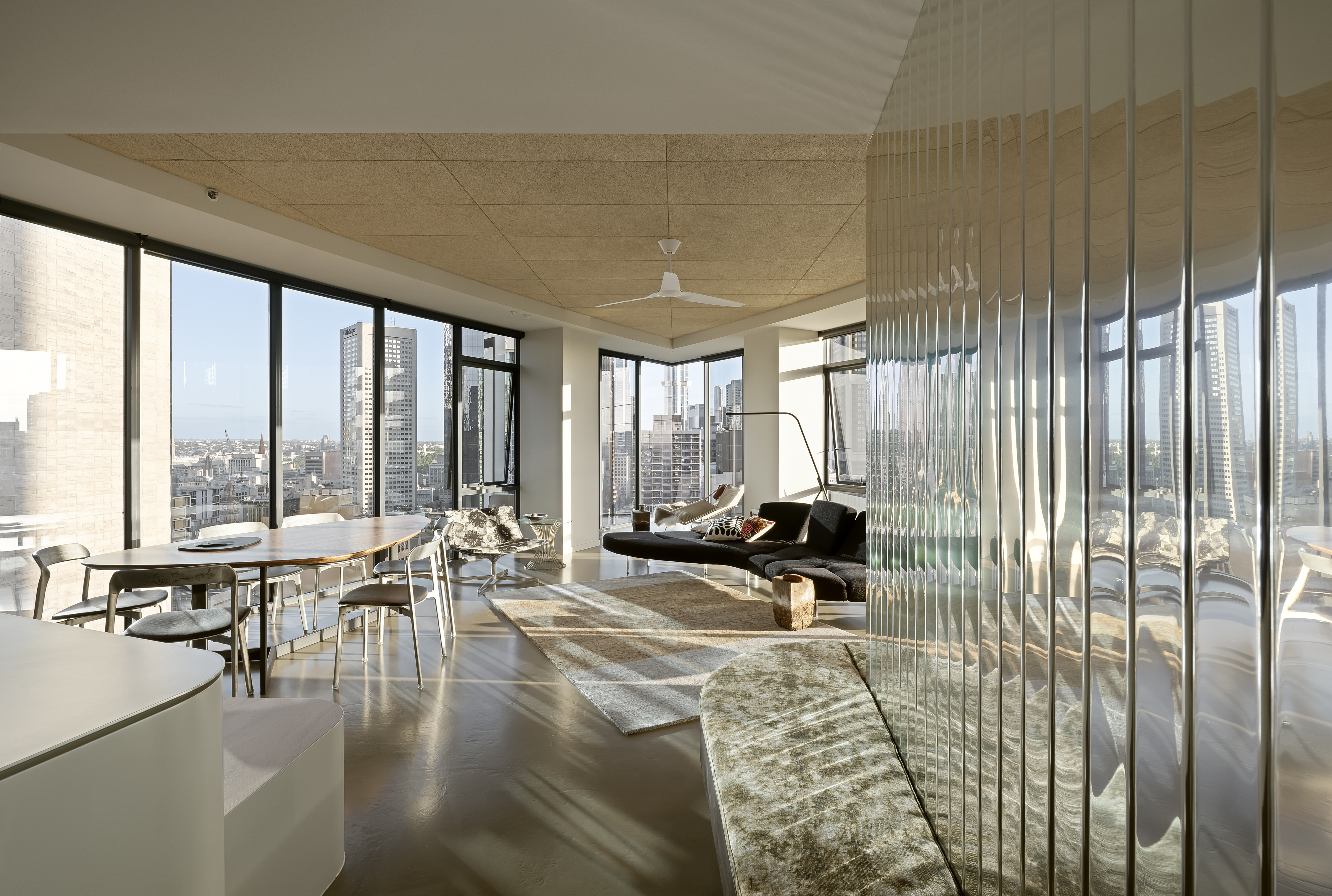 A Republic Tower apartment refresh breathes new life to a Melbourne classic
A Republic Tower apartment refresh breathes new life to a Melbourne classicLocal studio Multiplicity's refresh signals a new turn for an iconic Melbourne landmark
-
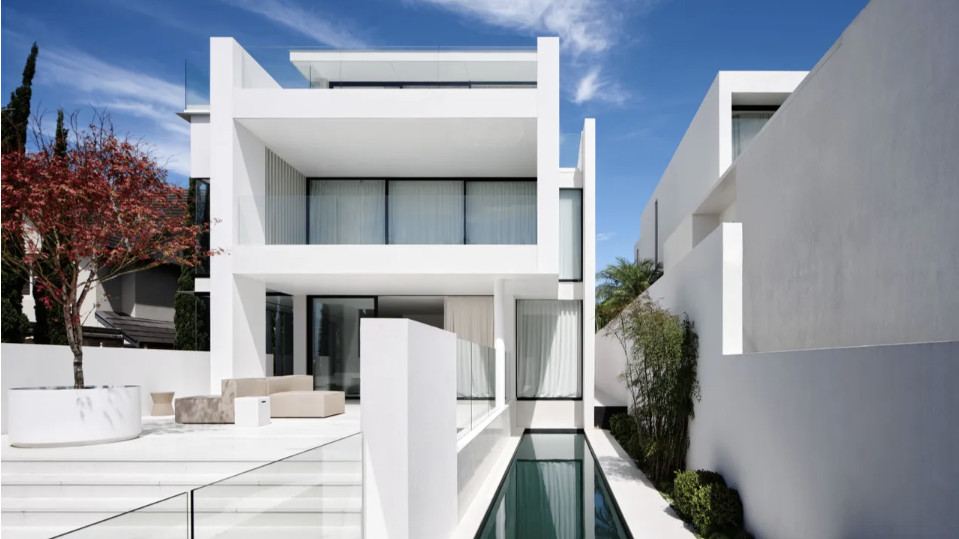 A Japanese maple adds quaint charm to a crisp, white house in Sydney
A Japanese maple adds quaint charm to a crisp, white house in SydneyBellevue Hill, a white house by Mathieson Architects, is a calm retreat layered with minimalism and sophistication
-
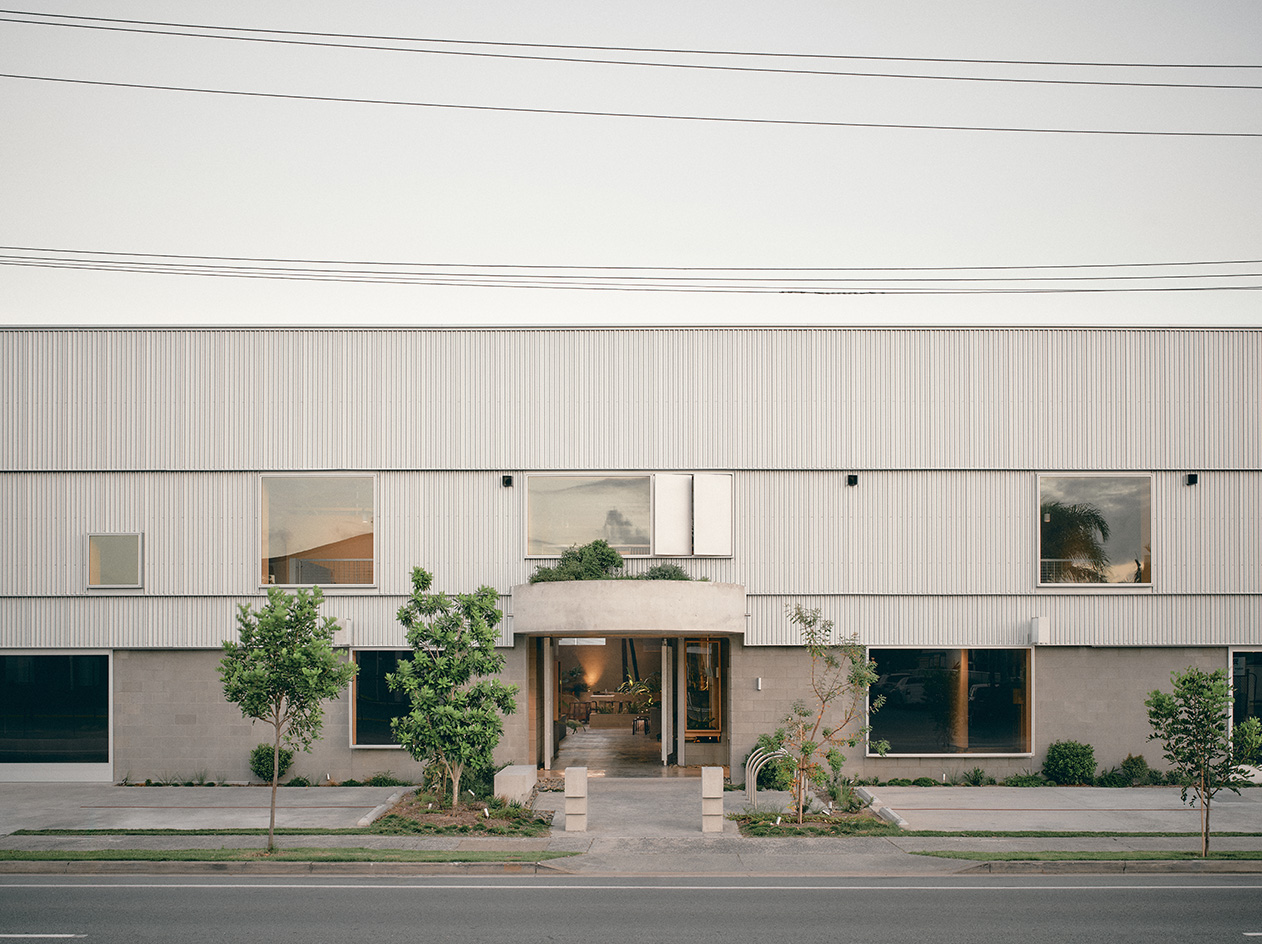 A redesigned warehouse complex taps into nostalgia in Queensland
A redesigned warehouse complex taps into nostalgia in QueenslandA warehouse in Queensland has been transformed from neglected industrial sheds to a vibrant community hub by architect Jared Webb, drawing on the typology's nostalgic feel
-
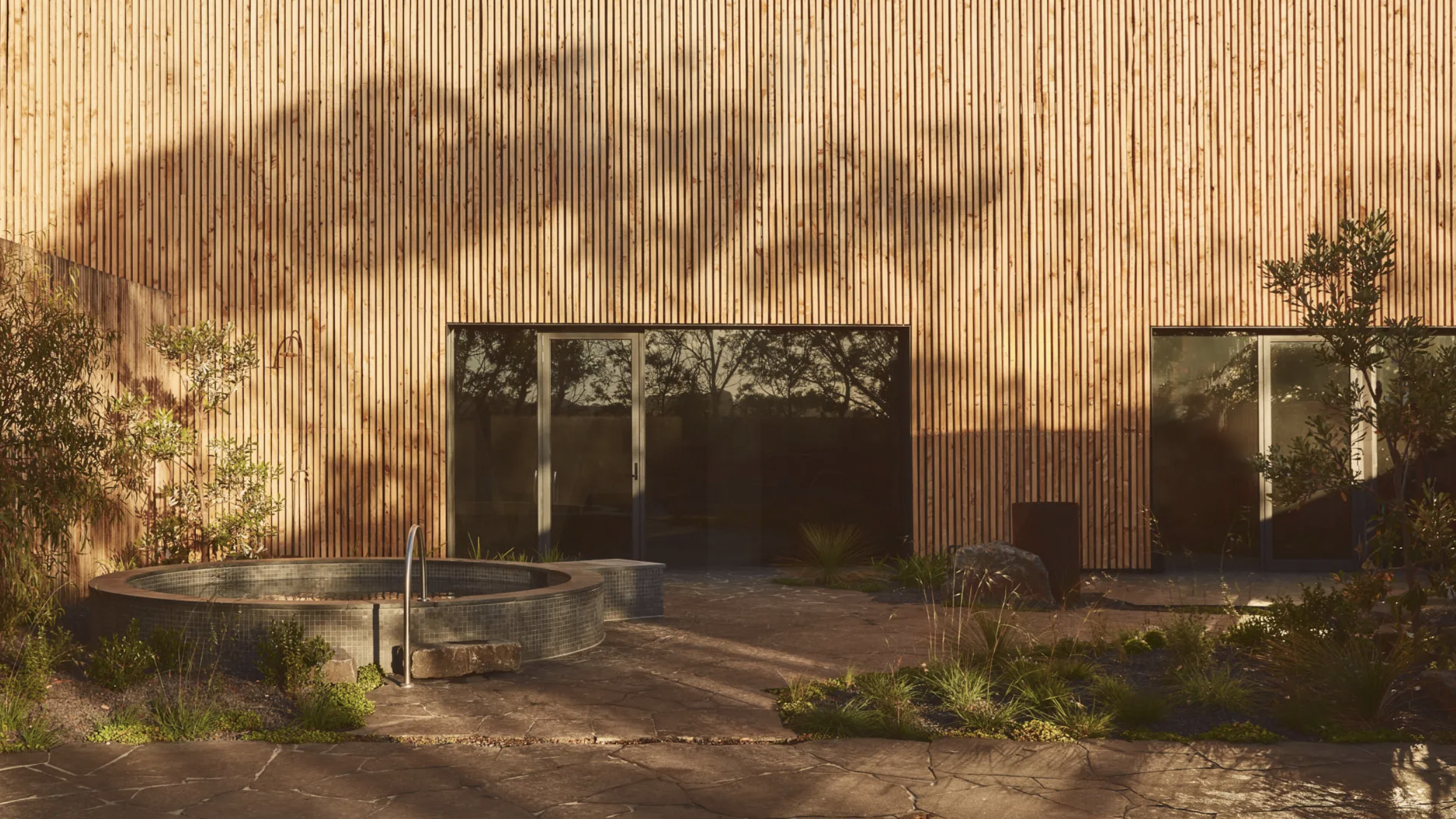 Australian bathhouse ‘About Time’ bridges softness and brutalism
Australian bathhouse ‘About Time’ bridges softness and brutalism‘About Time’, an Australian bathhouse designed by Goss Studio, balances brutalist architecture and the softness of natural patina in a Japanese-inspired wellness hub